The climate crisis’s impact on global food production has hit dozens of fmcg categories throughout the year, and it’s getting worse.
The Grocer first warned of the effects of extreme drought on olive oil prices at the end of last year (olive oil has now doubled in price compared with last year). There were also warnings from the industry that sugar, cocoa and grain production were under threat as early as January this year.
But the urgency and scale of the issue – and the vulnerability of our supply chains – became undeniable when extreme drought in Spain and hailstorms in Morocco led to empty supermarket shelves across Britain in spring, with customers struggling to buy essentials such as tomatoes, peppers and cucumbers for weeks.
This is not a faraway problem – just recently we saw how Storm Babet flooded swathes of farmland, hitting the UK potato and vegetable harvests in the run-up to Christmas. And while permanent food shortages might sound slightly dystopian, we’re actually being told by British farmers that this is the “new normal”.
At this point, what we clearly don’t have is a shortage of examples of how climate change is affecting food security on a global scale.
Current food system in negative cycle
But now, we finally have research that quantifies the very real-life effects of global warming on people’s livelihoods – according to a study by a cohort of academics from across Britain, commissioned by the Energy & Climate Intelligence Unit, British households have forked out an extra £600 for their food bills over the past two years due to the climate crisis and soaring energy prices.
Unseasonal weather conditions accounted for a third of food price inflation in the UK this year – more than energy costs. Perhaps more worrying is the fact that the El Niño climate event is set to cause even more havoc, not just in Europe but more intensely among big sourcing countries across Africa, south Asia and Latin America in the year to come. This will mean further price hikes, according to the ECIU.
In the face of all these prognostics, it is easy to feel slightly helpless. The problem is the industry is currently in a catch-22, as Nic Renison, farmer and co-organiser of the Carbon Calling regenerative farming conference, put it: “Our ability to produce food affordably is dependent on a stable climate and a healthy environment – and yet, our current food system is caught in a negative cycle, where an over-reliance on fossil fuel inputs and unsustainable practices has both driven climate change and made farming businesses more vulnerable to its impacts.”
But the future is not entirely grim, there are real efforts in place to change this. At last week’s Global Food Security Summit in London, Rishi Sunak vowed to help both UK food producers and those in countries that are typically on the frontline of the climate emergency, with pledges to invest in technology that will support farmers and strengthen global supply chains.
The global food system
And this year’s COP28 in Dubai will for the first time focus heavily on global food systems and how we can mitigate the effects of climate change in food production in the face of a growing population. There are hopes that some strong legislation will come out of the UN conference this year.
The global food industry is – and has been for centuries – incredibly adaptable. But right now, it is not catching up with the ramifications of its own doings, and that’s taking a massive toll on households.
Anna Taylor, executive director of the Food Foundation, neatly put it today: “We need action in three areas: first reducing the contribution which food systems make to global temperature rises; second creating a more resilient food system which can cope with climate instability; and third supporting families to become more able to cope with price shocks without being pushed into crisis.”
Let’s just hope our business and world leaders take these calls and turn urgency – rather than complacency – into the ‘new normal’, too.








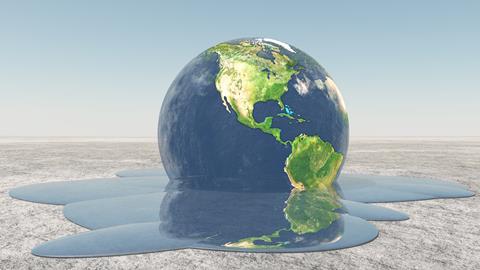

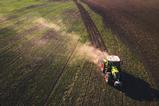



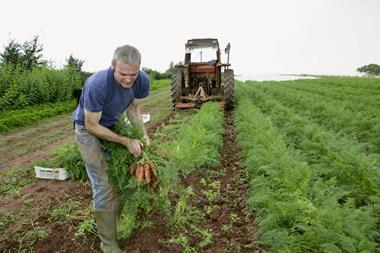
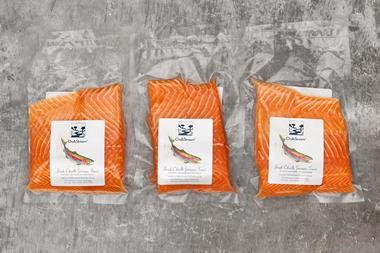



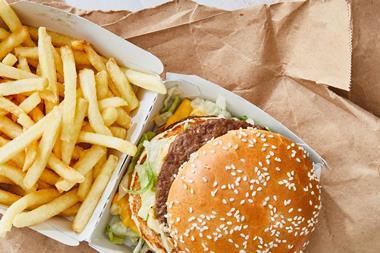





No comments yet